Trademark Rules 2017 – Major Changes
Updated: Mar 25, 2017 05:56:26am
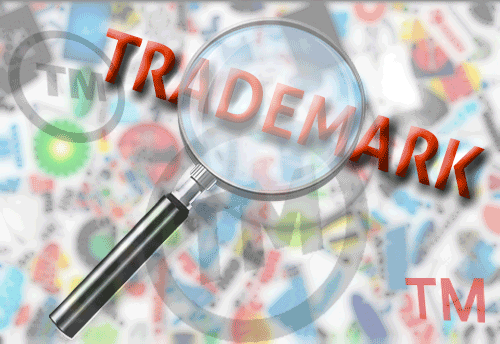
Trademark Rules 2017 – Major Changes
New Delhi, Mar 25 (KNN) With a view to simplify and expedite the process of registration of trademarks in India, Government of India took forth the initiative to draft a new set of rules that are in alignment with the objective of fastening the procedure of trademark filing while decreasing red-tapism and delays.
A notification regarding the draft rules for Trademarks was published by the Government of India in November 2015 inviting objections, suggestions and inputs from people who are likely to be affected by the said rules. Keeping in view the suggestions received and the objections raised, the Central Government has formulated Trade Marks Rules 2017, thereby replacing the Trade Marks Rules 2002. The new rules came into effect on 6th of March 2017.
In order to achieve its objectives of expediting and easing the process of trademark registration, following major changes have been made:
Reduction in the number of forms from 75 to 8: The number of forms has been drastically reduced, simplified and consolidated to a total of eight forms from the earlier count of around 75. The use of alphabets like Form TM-A for applications, Form TM-O for opposition makes it easier to identify the purpose of the form as against the earlier numbering of forms. Now, all trademark applications whether single class, multi class, collective marks etc. is through the same form.
New Category of applicants: A new category of applicants namely Startup/Small Enterprise/Individual have been introduced and the fee for this category is 50% lower than the fee for all the others. While the fee for this category is INR 5000 for physical filing, for others it is INR 10000 . There will be a 10% concession on fee for e-filings. Lower fee for startups and small enterprises is prescribed in order to provide impetus to them to file the trademarks.
Drastic increase in the Fee: The fee has been drastically increased by almost 100%. There could be many reasons for the same that may include avoiding frivolous filing of trademarks by people in order to take imprudent commercial advantage of the registered trademark.
Sound marks are made easier to register: The process of registering sound marks has become easier. The applicant of a sound mark will now be required to submit an MP3 of the sound mark not exceeding 30 seconds in length along with a graphical representation of the sound notations. Such application has to be filed on form TM-A. Earlier, an application to file the sound mark by representing them graphically through the notes or by spelling out the tune was required to be filed.
Expedited processing of Trademarks: Rule 34 of the new rules provides for expedited processing of trademark registration at each stage including examination, hearing and registration as against the earlier rules wherein only the examination report was expedited. Request for expedited processing shall be made in Form TM-M only through e-filing, mentioning the reason for expediting the process. The fee for expediting the application will be 5 times the fee for filing the trademark in the ordinary course.
Application for renewal of registration of trademark can now be filed in Form TM-R, 1 year before the expiration of the registration of the trademark. Earlier the renewal application could be filed only 6 months prior to the expiration of registration.
Further, it is now mandatory for an applicant to file an affidavit along with supporting evidence to claim use of the mark. Earlier the submission of an affidavit was at the discretion of the Examiner.
Electronic service of the documents: Electronic representation of all notices, reports, applications, papers having the representations is provided by the new rules. Therefore, email may be used as a medium to send official communication by the Trademark Registry and it will be considered as a full service. The email so sent will amount to service of document on the applicant/opponent/agent. This will do away with the service of documents through post avoiding the unnecessary delays in service.
Three Dimensional marks are made registrable: This includes trademark registration of shapes and packaging. The application for 3D marks is filed in From TM-A and it shall specifically be stated that the mark is a 3D mark. The reproduction of the trademark shall consist of a two dimensional graphic or photographic reproduction of three different views of the trademark. In case the Registrar considers that the reproduction does not sufficiently represent the trademark, he may ask for additional representation of five different views of the trademark along with a description in words. Further, if the registrar feels the need for additional description, he may ask for specimen of the trademark to be furnished by the applicant.
Hearing of the matter through Video Conferencing: In a move to expedite the process, Rule 115 provides that hearing of matters could be conducted through video conferencing or any other means of audio visual communication. This will greatly help to reduce the inconvenience faced by applicants to be physical y present at the location, thus saving them on time, money and effort.
List of well-known marks: Rule 124 states that any person can enlist a mark as a well-known mark along with the statement of case, evidence and documents and a fee of INR 1 lakh. Prior to making a decision, the registrar must invite objections from the general public. The Department of Industrial Policy and Promotion shall maintain a list of well-known trademarks. This is a positive step to improve the image of India in providing protection to known trademarks.
Reduction and limitation in the number of adjournment: Rule 50 provides that during an opposition hearing, a party is not entitled to ask for more than two adjournments, thus reducing the time for taking the final decisions and hence registration of trademarks.
The new rules carry much weight in terms of aligning them with electronic modes of communication, therefore speeding the process of trademark registration and making it more transparent. It is such steps that are important in streamlining the entire intellectual property system in India and establish a model that is harmonious with global standards. (KNN Bureau)
About Author: Arashveer Brar is an IPR Expert. She is Partner & Vice Chair – Global Services, Maheshwari & Co.

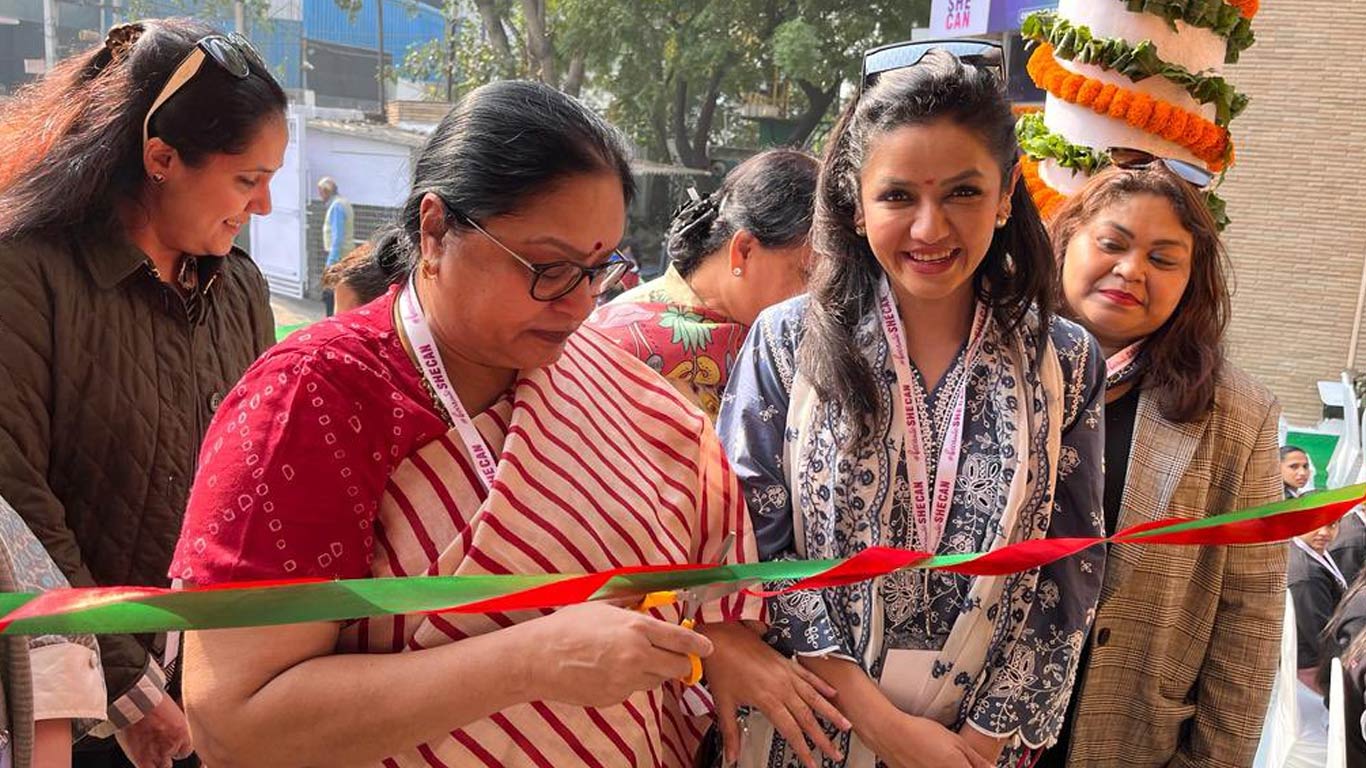
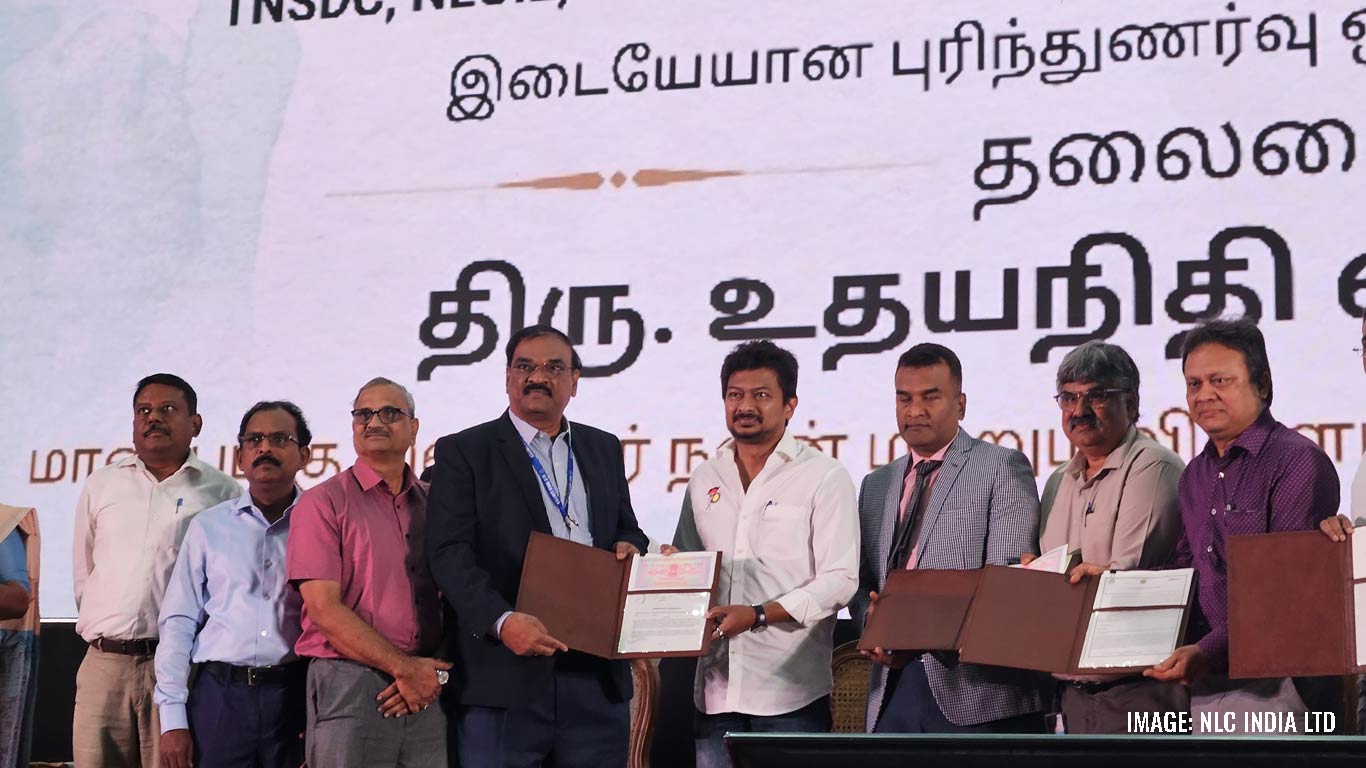
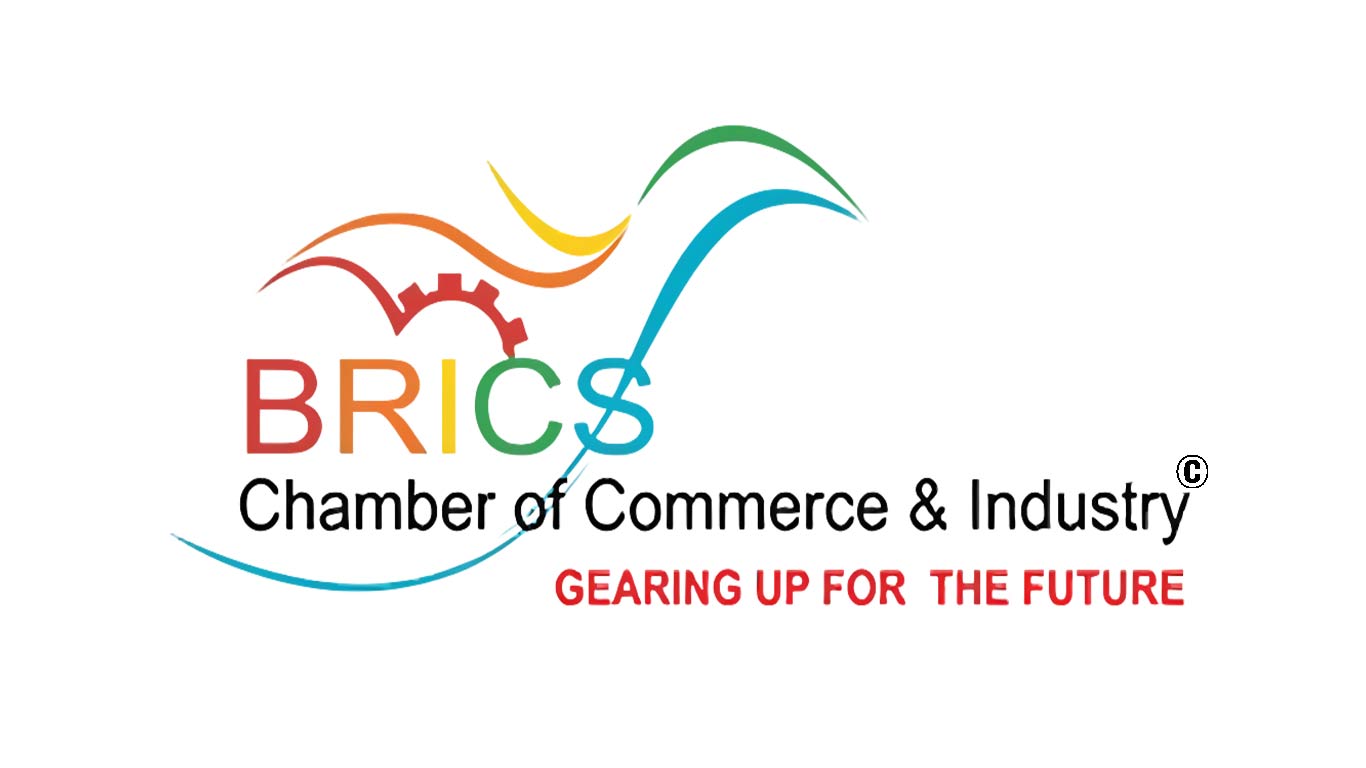
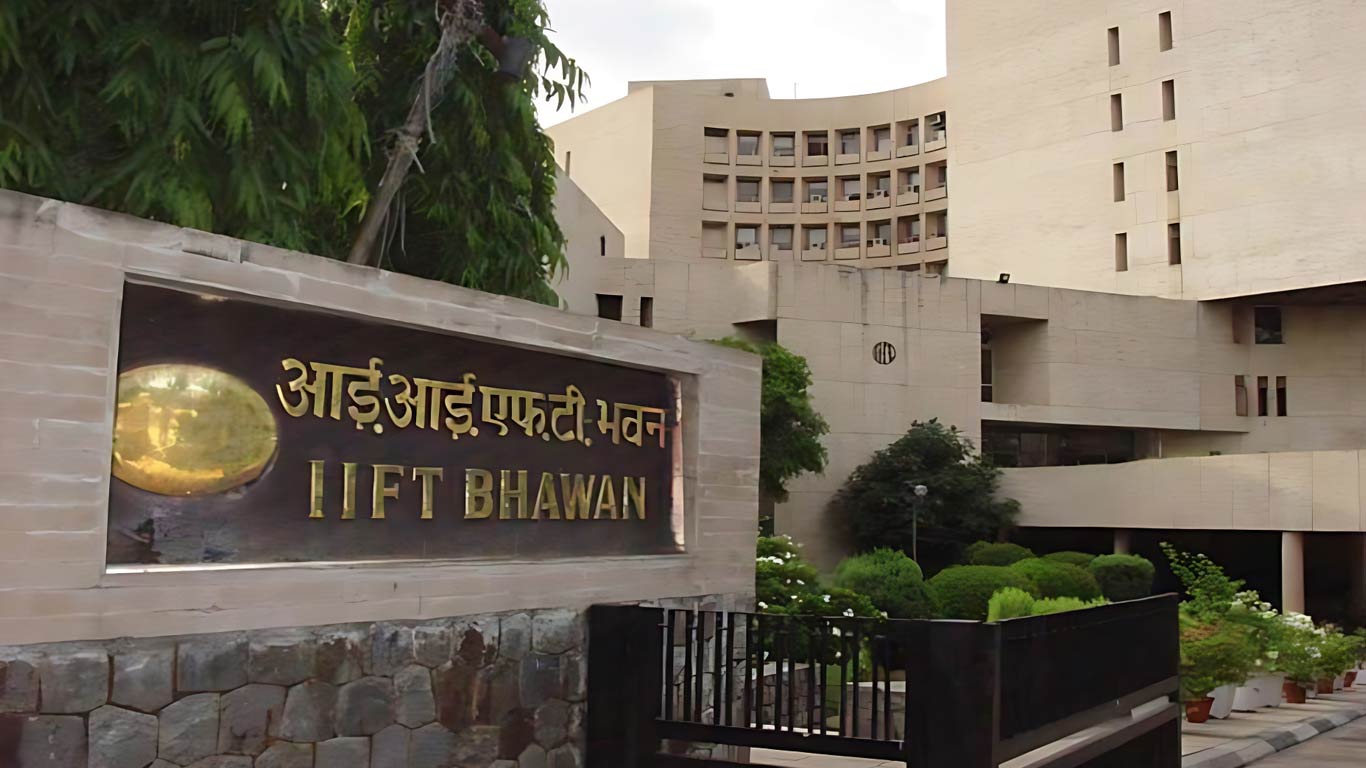
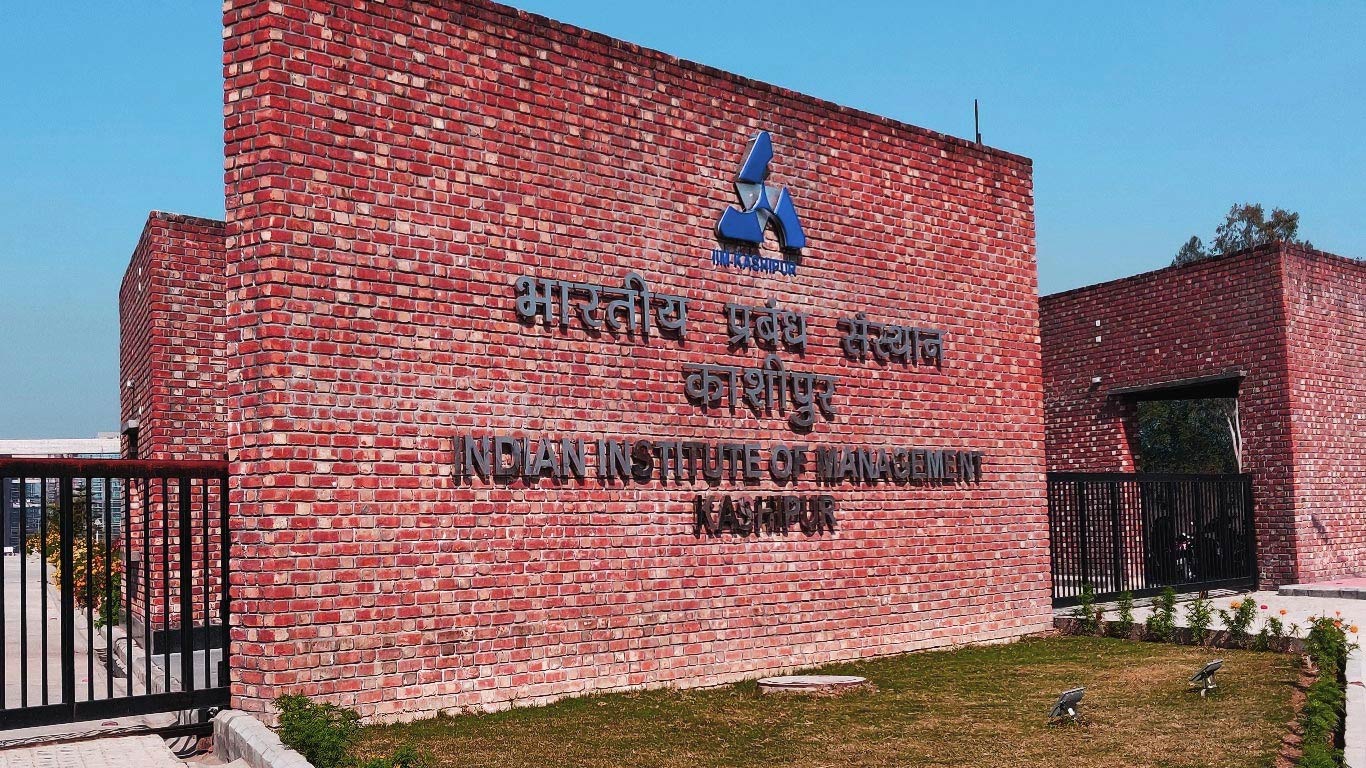





